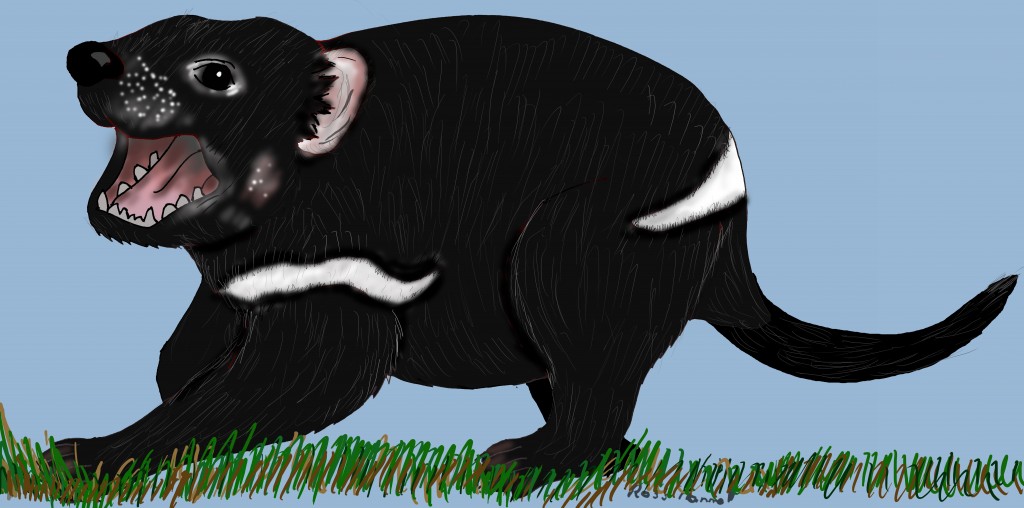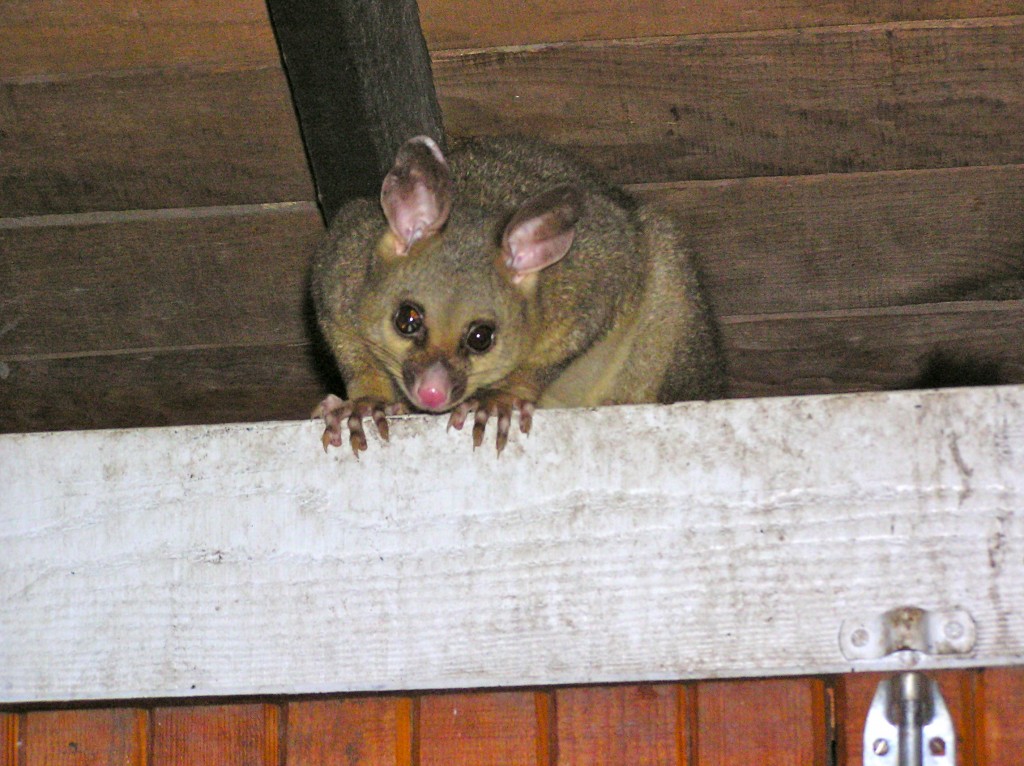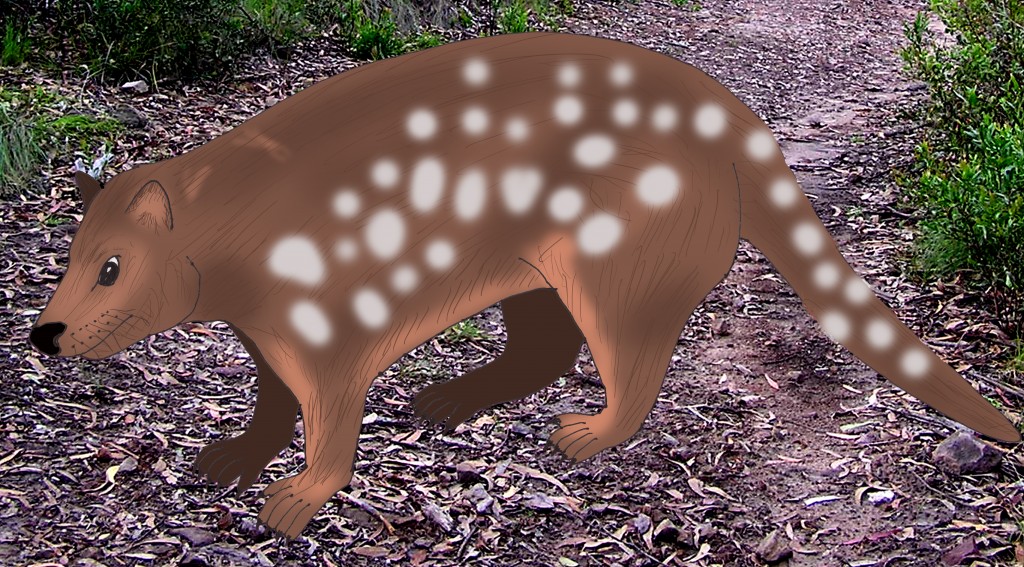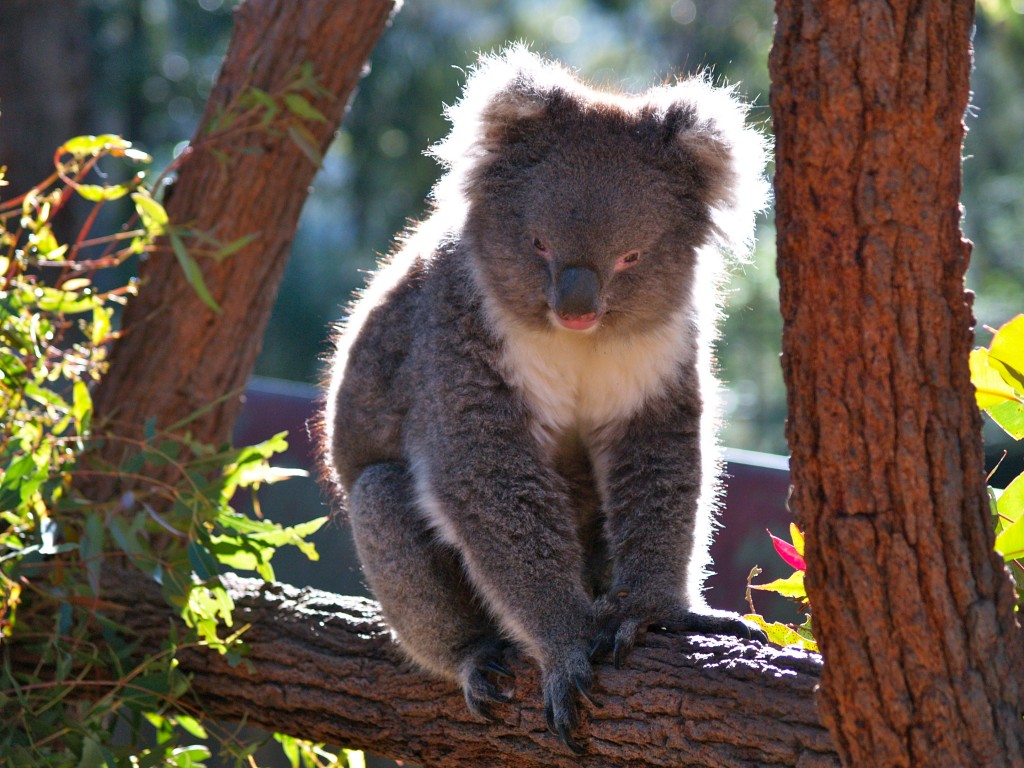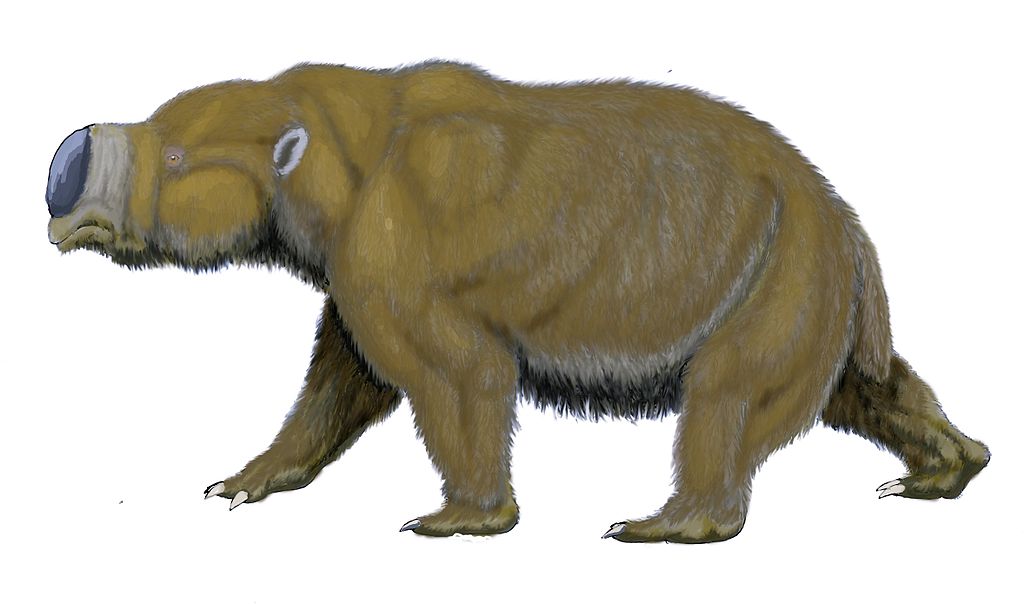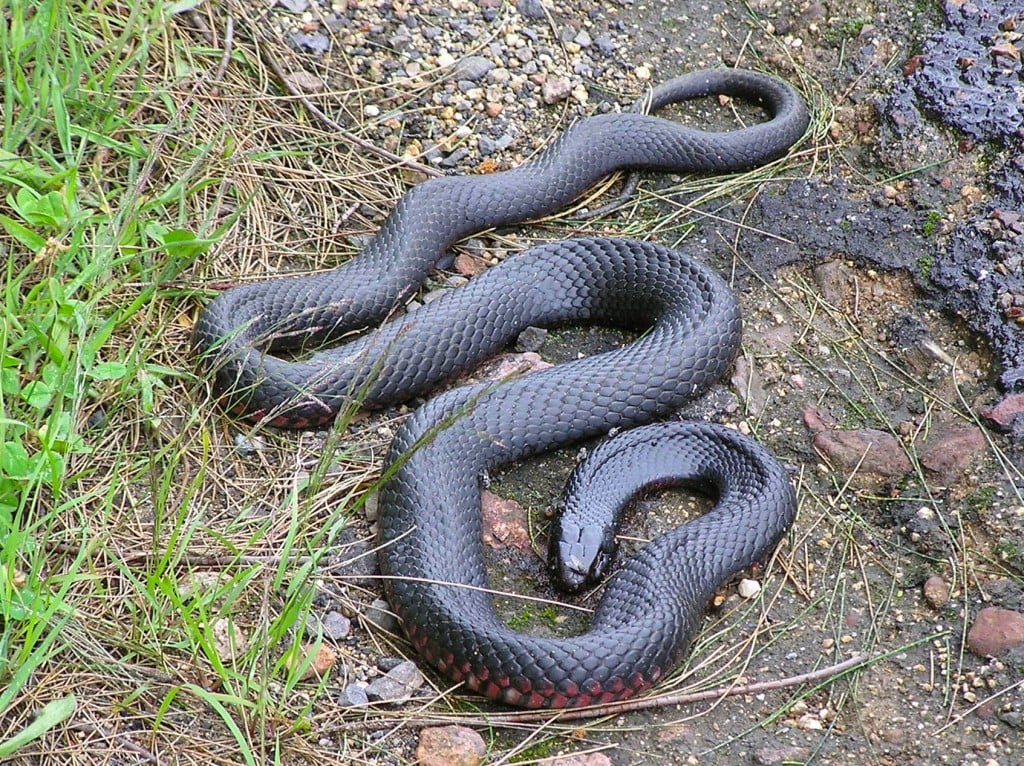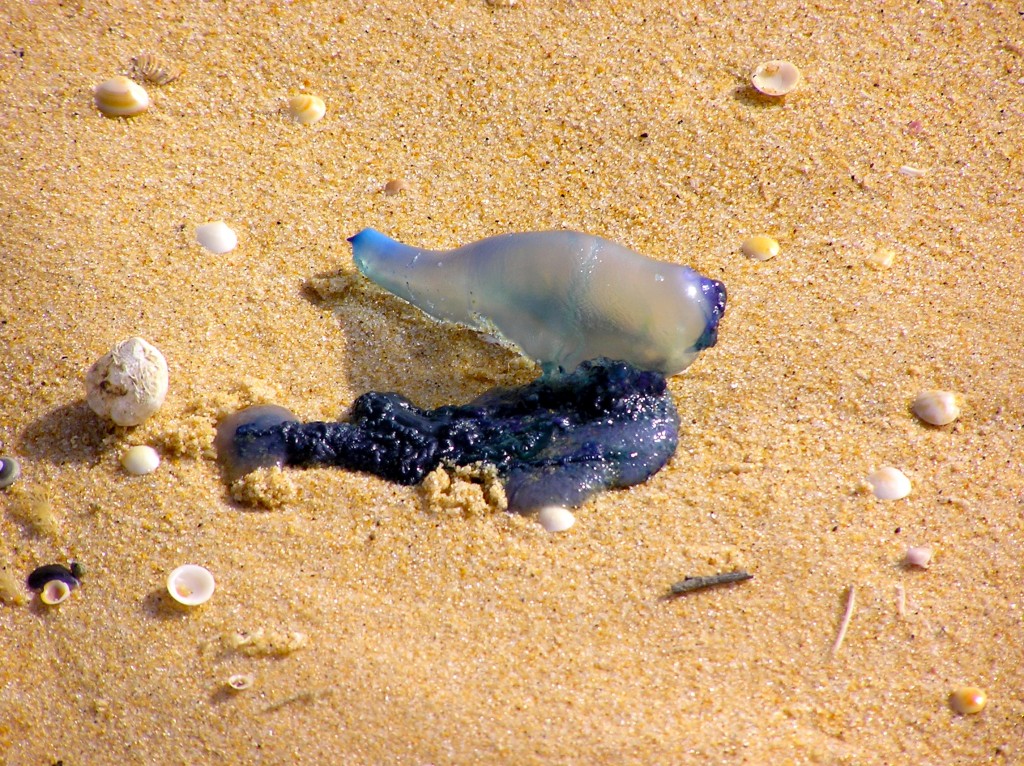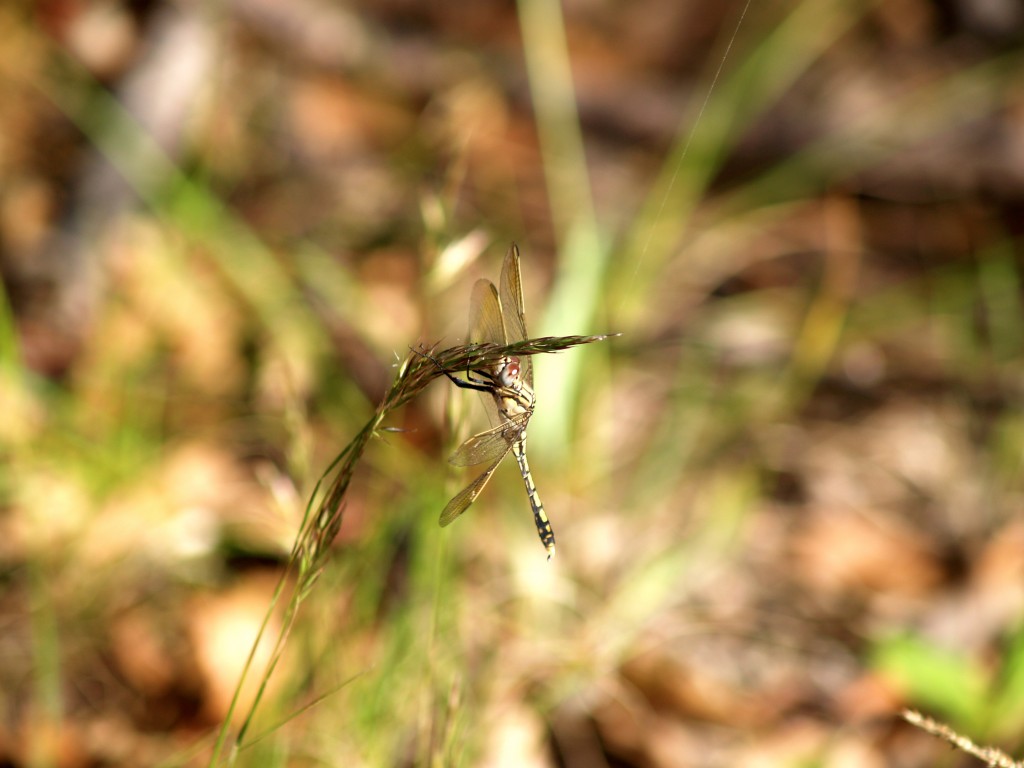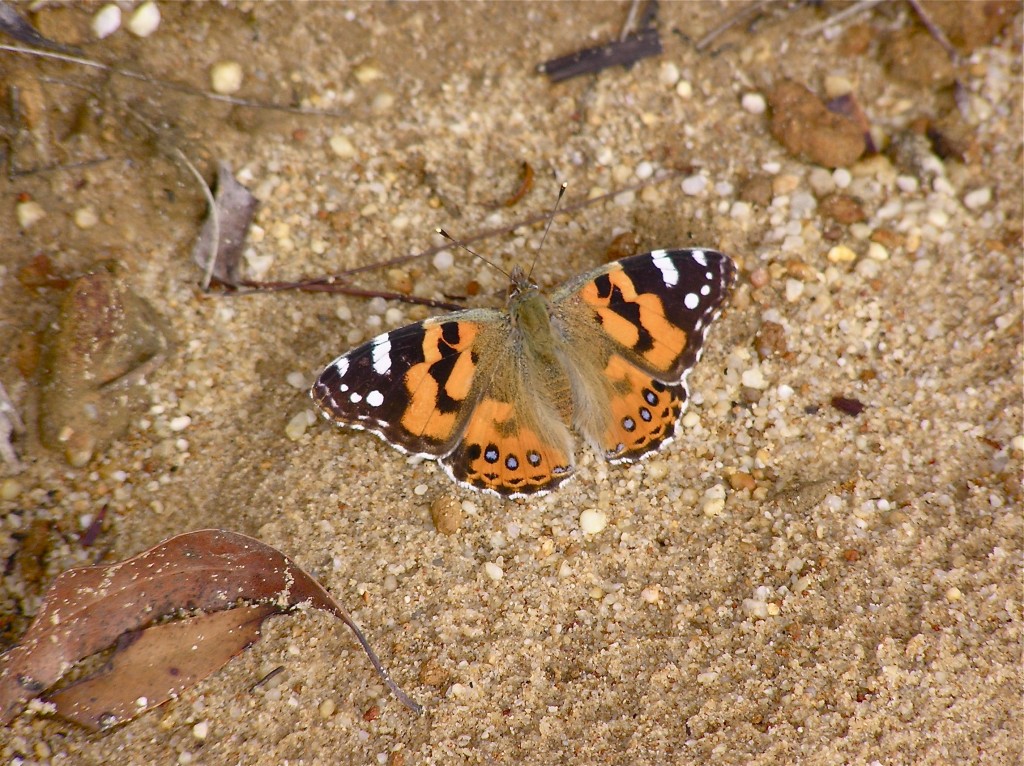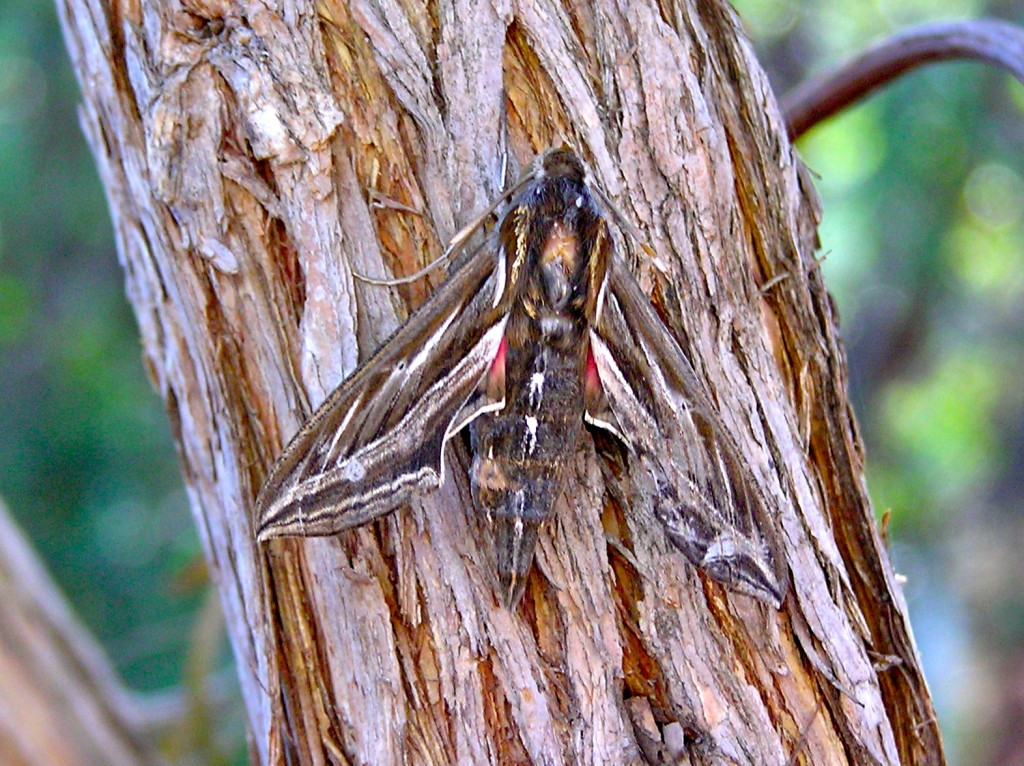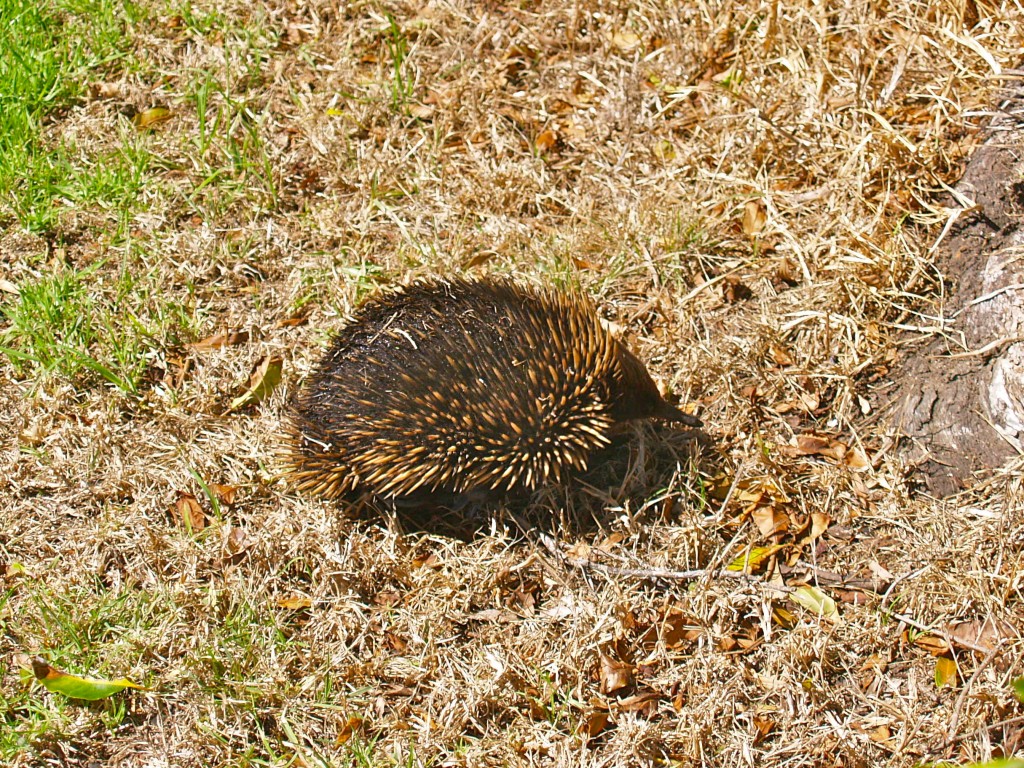Mrs. Ranney and her class prepared a post looking at adaptation in desert dwelling animals...
Desert Dwellers, Announce Your Adaptations!
Hello Mrs, Ranney and Class,
Your post on desert dwellers and adaptations was fascinating so I thought I might prepare a post on some animals found in Australian deserts. Unlike your post, I haven't been able to find any animals to tell their story so I'll have to write for them.
Deserts in Australia
Wikipedia Reference: Deserts of Australia
Deserts cover about 18% of Australia's land. That's about 1,371,000 square kilometres (529,000 square miles).

Copyright holder: Martyman at the English language Wikipedia
Deserts may not be completely without plants but the plants are sparse and low. In the photo below, the area is not really part of a desert and is taken from on top of Uluru (Ayers Rock) looking west towards Katatjuta (The Olgas). The Great Sandy Desert begins further west of Katatjuta but you can see the arid (dry) landscape of central Australia.

Some Animals of the Australian Desert and Their Adaptations
Feral Camels
Wikipedia Source: Australian feral camel
I know the first reaction when people read 'camels' might be picturing them roaming the deserts of a Middle Eastern country but camels can be found wandering Australian deserts. They were first brought to Australia, mainly from India, in the 1800s to carry supplies to isolated communities in central Australia. By the 1900s, trucks started to replace them so they were released into the wild. They have become a problem where their numbers are too high. Australia now exports wild camels to the Middle East.

Camels have adapted to dry conditions and can go a long time without taking a drink of water. They store fat in their humps to help them through dry times. Their long fur helps protect them from the heat of the daytime desert. Even when they breathe out through their noses, much water vapour is trapped and reabsorbed.
Red Kangaroos
Wikipedia source: Red Kangaroos
Other Source: Nature Notes - Red Kangaroos
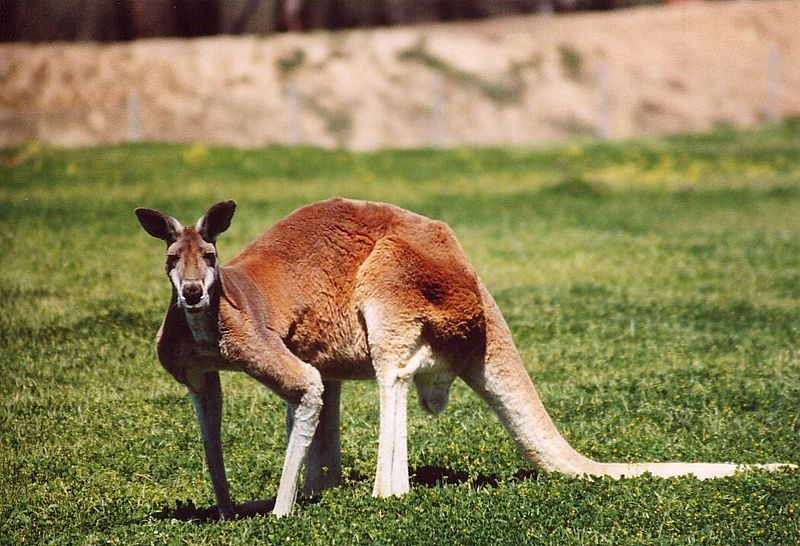
Red kangaroos (Macropus rufus) are the largest of the kangaroos. They can be found in much of Australia's drier and desert climates. In my first school as a teacher in western New South Wales I would see them bounding across the countryside.
Red kangaroos are mainly active at dawn and dusk, resting in the heat of the day.
Their hopping has been found to save energy. At low speeds, there hopping uses about the same energy as a similar sized animal running on four legs. At high speeds they use less energy than a four legged animal. They can reach speeds of 35 to 30 kph (13 to 16 miles per hour). While I don't have a video clip of red kangaroo, below is one showing eastern grey kangaroos at a local animal sanctuary. Eastern greys are smaller than reds but fully grown males are almost the same height. I have seen some about my height of 185cm (73 inches). The video clip shows mostly females and young kangaroos and includes some hopping.
Schools and students have permission to use this video clip for non-commercial, educational purposes.
Emus
Wikipedia reference: Emu

Emus (Dromaius novaehollandiae) are the second largest bird found in our world today. They can reach up to 2 metres (78 inches) in height and are flightless. Only the ostrich is larger.
In the wild, they are found across huge areas of Australia. Again in my first school in western New South Wales I would see emus running across the plains. The above photo was taken as I drove to school one day. They can run long distances at speed but can reach around 50kph (31 miles per hour) in a sprint.
Their feathers protect them from the heat. They don't need to drink frequently but when they do they take in as much water as possible. Below is a video clip I took of emus in a local animal refuge...
Schools and students have permission to use this video clip for non-commercial, educational purposes.
Dingo
Wikipedia Reference: Dingo

Dingoes (Canis lupus dingo) are a subspecies of the grey wolf. They are thought to have first arrived in Australia with seafarers perhaps 12,000 or more years ago. They are found from desert to grassland areas but can't roam too far from water. They live in dens, deserted rabbit holes or logs and are Australia's largest predator. Dingoes don't bark like domestic dogs. Their bark is short. They do howl.



